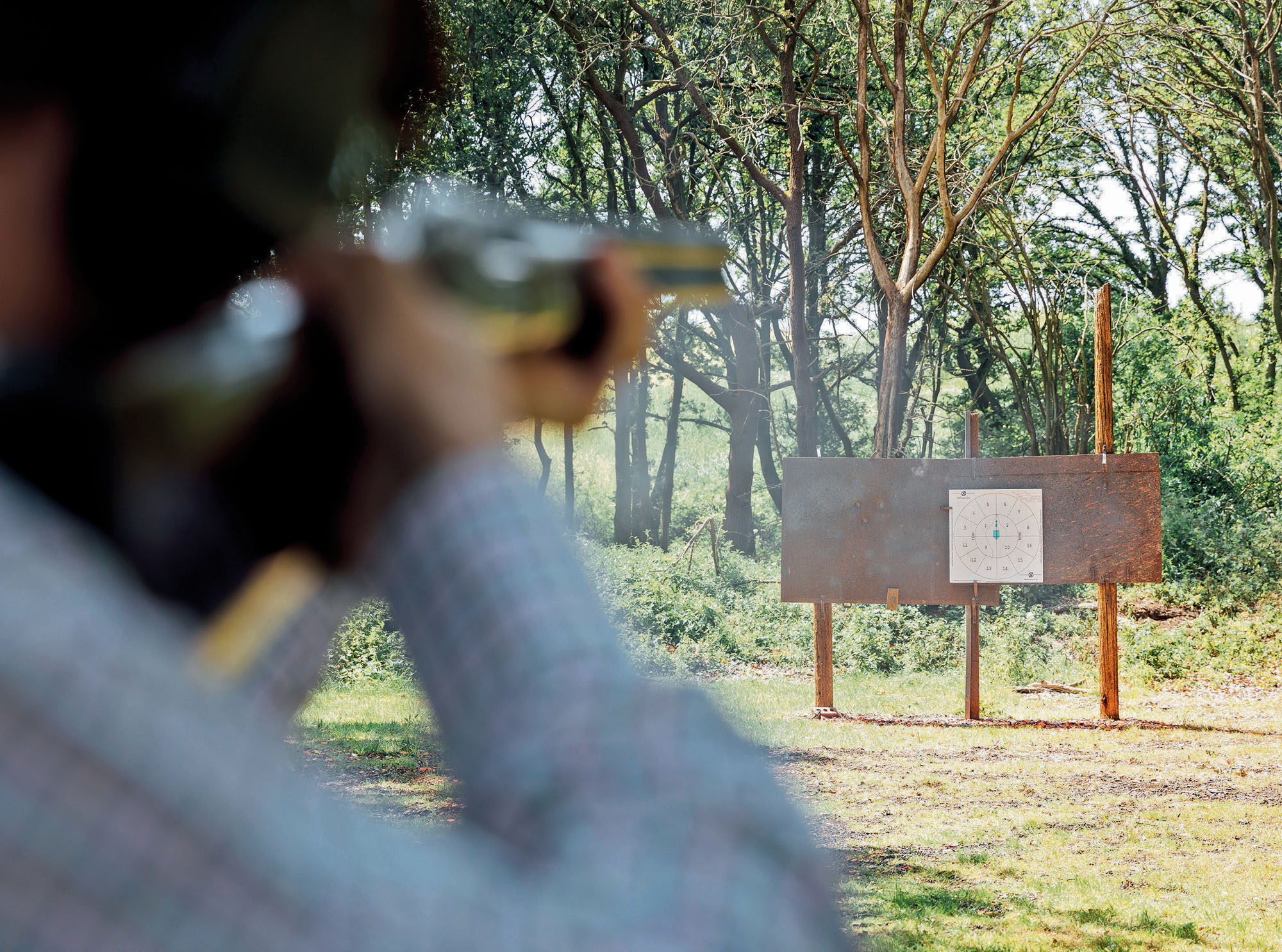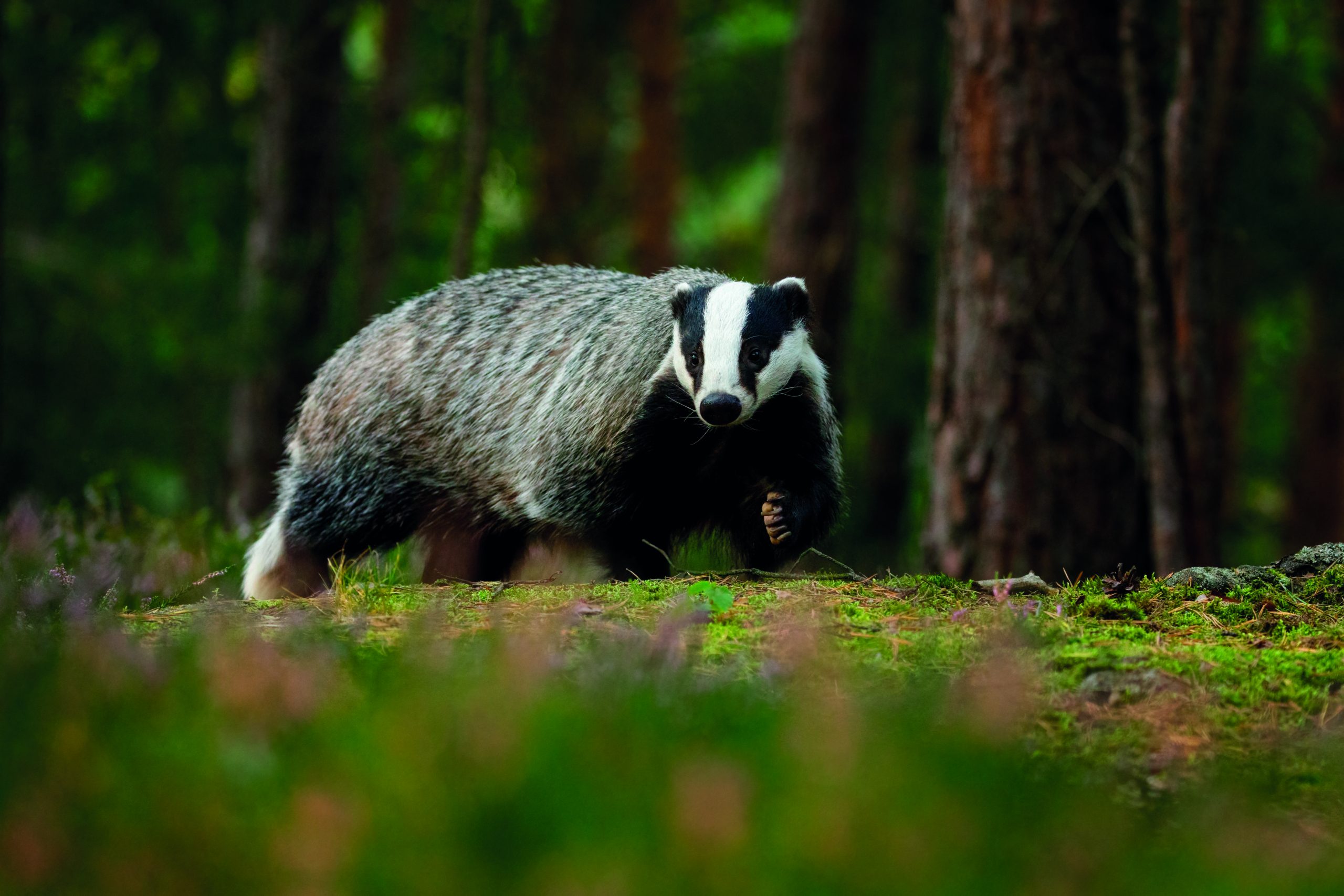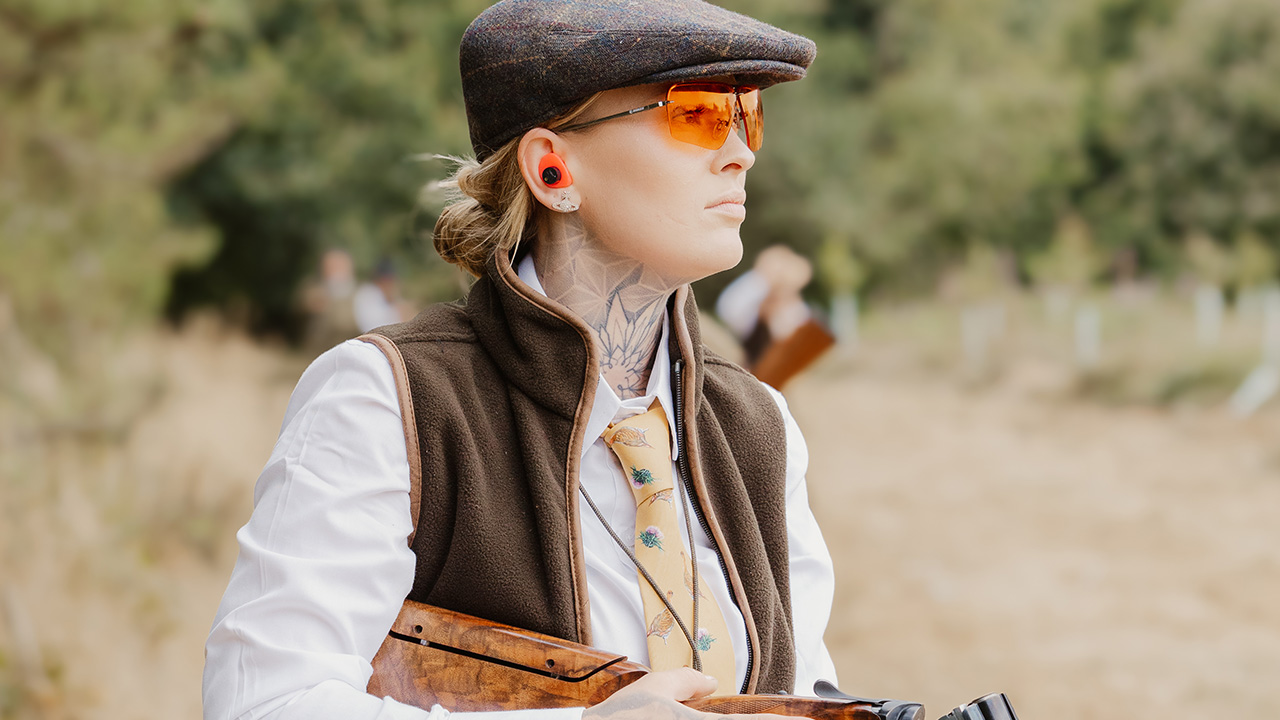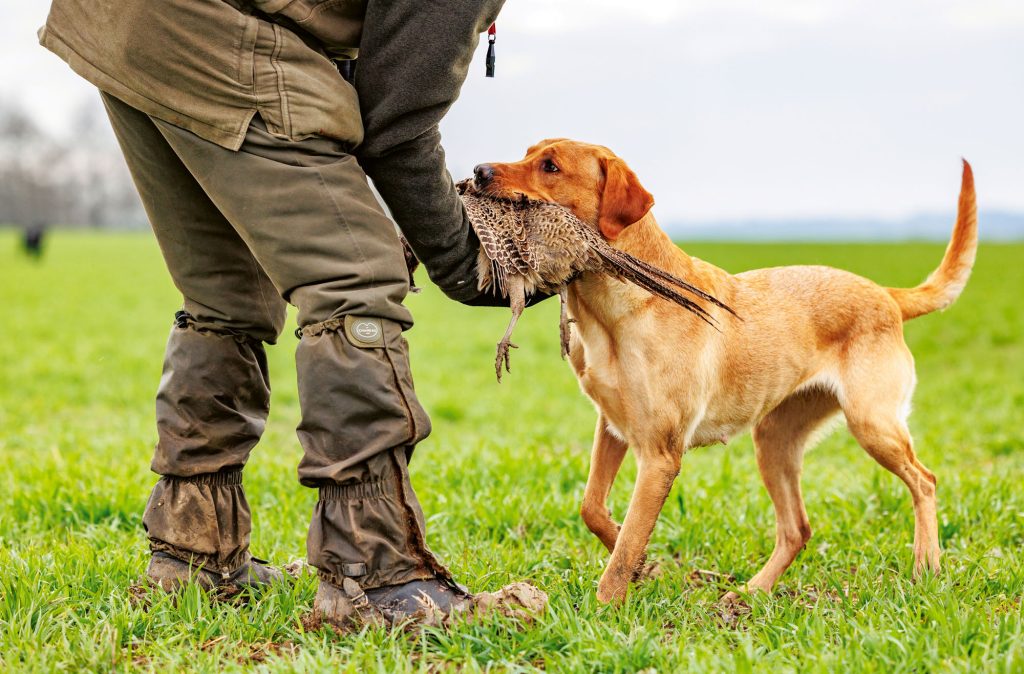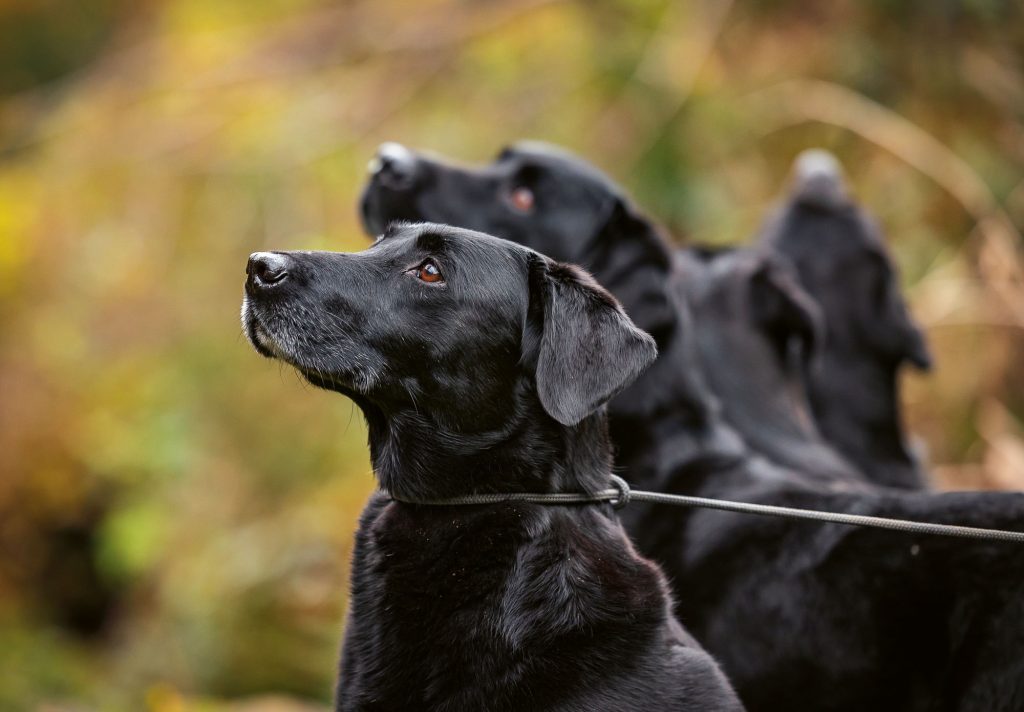How to turn rabbit into a nutritious meal
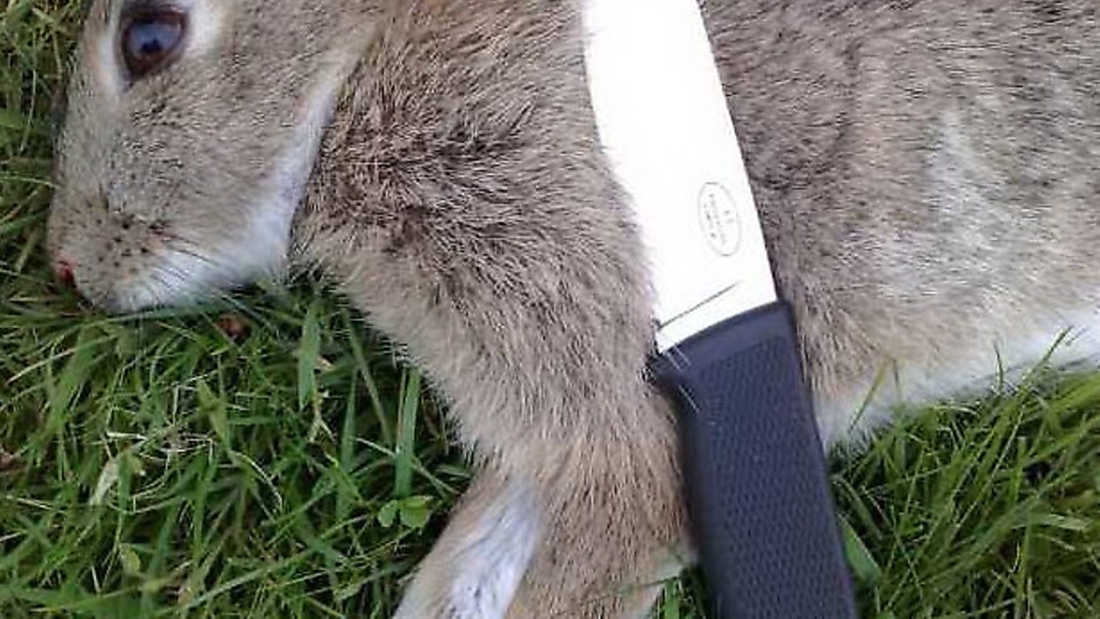
A rabbit for the pot: you’ve shot your rabbit, but now what? How do you ensure you prepare it properly for eating? James explains all…
Preparation begins in the field
The process of turning a rabbit into a nutritious meal begins before you even pull the trigger. Is it acting like a normal healthy rabbit, or does it look sick? You’ll probably need to shoot it anyway, but discard any that didn’t look well before you killed them. Most rabbit diseases won’t transfer to humans, especially after cooking, but who wants to eat a diseased rabbit?
From the moment you pick up your rabbit you are handling food. If you were bringing home a piece of meat from the supermarket, you wouldn’t leave it lying about in the sun for hours or let the dog lie on top of it on the drive home – it’s the same with game.
As soon as you pick up your rabbit, first make quite sure it’s dead. If necessary, hold it by the back legs in one hand, grasp the head with your other hand and pull firmly apart, tilting the chin upwards, to instantly break its neck. Practise this on a dead rabbit first so you are confident when the time comes.
Next, you need to squeeze out any urine from the bladder. Hold the rabbit by the front legs and run your hand down its body, squeezing the belly gently with your thumb to push out any urine. You may extrude a couple of droppings at the same time, which is all to the good.
Paunching and hocking
It’s usually best to remove the guts from your rabbit as soon as possible after it’s been shot. This is called paunching. It sounds messy, but with practise it can be done quickly and easily.
Lay the rabbit on its back, pinch the skin between the back legs and carefully pierce it with your knife, taking care not to push the blade too far in so you don’t puncture the gut. With the cutting edge upwards, slide the knife up the centre line of the rabbit’s belly towards the rib cage to unzip the skin and the thin layer of muscle beneath it, while avoiding the intestines.
Lay the knife down and use your fingers to find the stomach – it feels like a soft, firm ball up under the rib cage, immediately below the liver. Hook your fingers around the stomach and pull; it will come away easily, bringing the intestines with it. The liver and kidneys can be left in place.
With practise you can simply make the cut and throw the guts out with a deft flick, but spare a thought for other countryside users when you dispose of the guts. It’s not what people want to see when they’re out walking with their kids.
Take a peep at the liver at this stage. If it looks diseased or crawling with parasites, I throw the whole rabbit away on the principle ‘better safe than sorry’ but I’m probably being over-fussy.
The meat is now open to the air, so be sure to protect it from flies and other contamination. Ideally it needs to be left somewhere cool and protected, where the air can circulate around it so it cools naturally.
First you will have to carry it off the field, however, and if you have more than two or three that’s where a trick called hocking can be useful.
To hock a rabbit, hold it up by one back foot and feel for the Achilles tendon in the heel. With your knife, pierce between this tendon and the bone, cutting up and down to make a slit about 3cm long. You can now thread the other foot through this slit so the legs make a loop to hang on a string, a stick or even your ferreting spade.
For extra security, cut the Achilles tendon on the other leg, so the heel makes a kind of T-shaped peg that can’t be pulled back through.
Back at home
Rabbit isn’t one of those meats that improves with hanging, so keep it chilled and get on and prepare it for cooking as soon as you get the opportunity.
First, you need to remove the skin, head and feet. I find the easiest way is to separate the skin from the flesh across the saddle, by working your fingers around and over the backbone. Then cut the skin in two at this point, so your rabbit is now wearing a pair of furry trousers and a furry jacket. Grasp one in each hand and pull apart; the skin will pull away easily from the body in both directions. It will still be attached at the head and feet, so you’ll need to deal with each in turn. Work your fingers around each leg to separate the skin, find the foot joint and snap it, then cut it off with a stout knife.
Chefs and people in a hurry chop through the leg bone with a cleaver, but I find this leaves shards of bone in the meat, so I prefer to take a bit of time and do a tidy job.
Remove the head with the skin still attached. It will take some force to cut through the neck bone and a meat cleaver or small axe makes this easier.
Going back to the rabbit’s ‘trousers’, once the back feet are off you need to remove the tail. I find it easiest to put the rabbit face down on the table with its legs apart, then cut in towards the base of the tail in a V-shape. This ensures you remove the anal scent glands, which are something you certainly don’t want to find in your rabbit stew – they taste vile and taint the whole meal with a hint of urine!
At this stage the heart and lungs are still inside the rib cage. Push your fingers past the liver through the diaphragm and pull them out. They are edible, but I give them to my ferrets.
Have a general tidy up of any loose bits and pieces, paying special attention to the ‘back passage’, as they say in polite circles. Your little finger will fit neatly through the hole to push out any remaining bits of gut and loose droppings that may be left behind.
Now get cooking!
Some people like to soak the meat overnight in either salty or plain water, which they say improves the taste. I don’t find it makes much difference, so in my book your rabbit is now ready to throw into a pot and start cooking, either whole or cut into pieces.
To divide it up, snap the hips and cut across each hip joint to remove the back legs. Then slip your knife under the shoulder blades to remove the front legs. The backbone can be cut into two or three pieces as required – that cleaver or axe will come in handy again here. Think about what you want to do with the liver and kidneys. Some people love them, others not.
What you cook and how is of course up to you. There are game chefs who are much better qualified than me, but with a young rabbit I like to cut it up and fry it quickly along with the liver and kidneys. With an adult rabbit I boil it and boil it until it falls apart of its own accord. If in doubt boil too long rather than too short a time, as it goes through a stage where it’s as tough as rubber. Then cool it off and pick the meat off the bones.
You now have the raw material for whatever you want to cook, be it a stew, pie, pasty or whatever. I find rabbit works well with a creamy sauce, perhaps with a little mustard and mushrooms, but no doubt you’ll soon have your own favourites. There are plenty of recipes in the older cookbooks that date from a time when rabbit was part of the staple diet. Enjoy trying them out, and bon appetit!
Find a great rabbit recipe here

